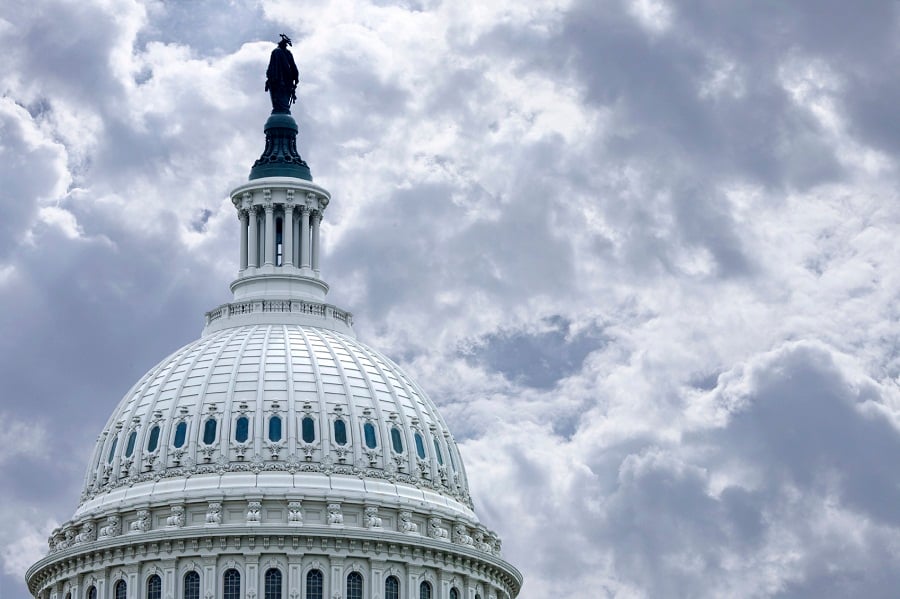

The Senate Finance Committee is set to take the next step in the chamber’s effort to put together retirement savings legislation.
On Friday, the panel released the outline of a comprehensive bill — the Enhancing American Retirement Now Act — it will take up Wednesday. During the so-called markup, lawmakers will consider amendments and then likely vote to advance the bill to the Senate floor.
The legislation is designed to help individuals build their retirement nest eggs, encourage employers to offer workplace plans, provide more flexibility to use retirement savings for emergency needs and modify taxation of retirement savings.
The Senate Finance Committee bill — along with retirement legislation approved last week by the Senate Health Education Labor and Pensions Committee — will form the Senate’s counterpart to SECURE 2.0, which the House passed with overwhelming bipartisan support in March.
The Finance bill incorporates some provisions of SECURE 2.0, as well as some from other Senate legislation, such a bill introduced by Sens. Rob Portman, R-Ohio, and Ben Cardin, D-Md.
Raising the required minimum distribution age from 72 to 75, increasing catch-up contributions for people between 60 and 63, allowing employers to match student-loan payments with retirement-plan contributions, enabling workers to withdraw emergency funds from plans, establishing 403(b) multiple employer plans and implementing 401(k) starter plans are among the key provisions of the 70 that are highlighted in a summary.
Senate Finance Committee Chairman Ron Wyden, D-Ore., emphasized the parts of the bill that would help workers who struggle to save for retirement and may have to rely solely on Social Security.
“Americans deserve dignified retirements after decades of hard work, and our bill is an important step forward,” Wyden said in a statement. “In particular, I’m proud that we are making significant progress for millions of low- and middle-income workers, who are far less likely to have adequate retirement savings. Under our reforms, many more workers would access resources for retirement and see meaningful federal retirement contributions year after year.”
During Tuesday’s markup, the committee will consider 21 amendments to the bill. One would implement restrictions on individual retirement accounts that contain more than $10 million. Another would essentially tack onto the legislation a bill recently introduced by Sen. Chuck Grassley, R-Ia., that would reduce investment taxes to protect gains against inflation. Another would require automatic enrollment for participants in new 401(k) and 403(b) plans.
Congress must enact retirement savings legislation by the conclusion of the congressional session at the end of the year. Otherwise, all the bills will die and would have to be reintroduced next year.

Relationships are key to our business but advisors are often slow to engage in specific activities designed to foster them.

Whichever path you go down, act now while you're still in control.

Pro-bitcoin professionals, however, say the cryptocurrency has ushered in change.

“LPL has evolved significantly over the last decade and still wants to scale up,” says one industry executive.

Survey findings from the Nationwide Retirement Institute offers pearls of planning wisdom from 60- to 65-year-olds, as well as insights into concerns.
Streamline your outreach with Aidentified's AI-driven solutions
This season’s market volatility: Positioning for rate relief, income growth and the AI rebound
